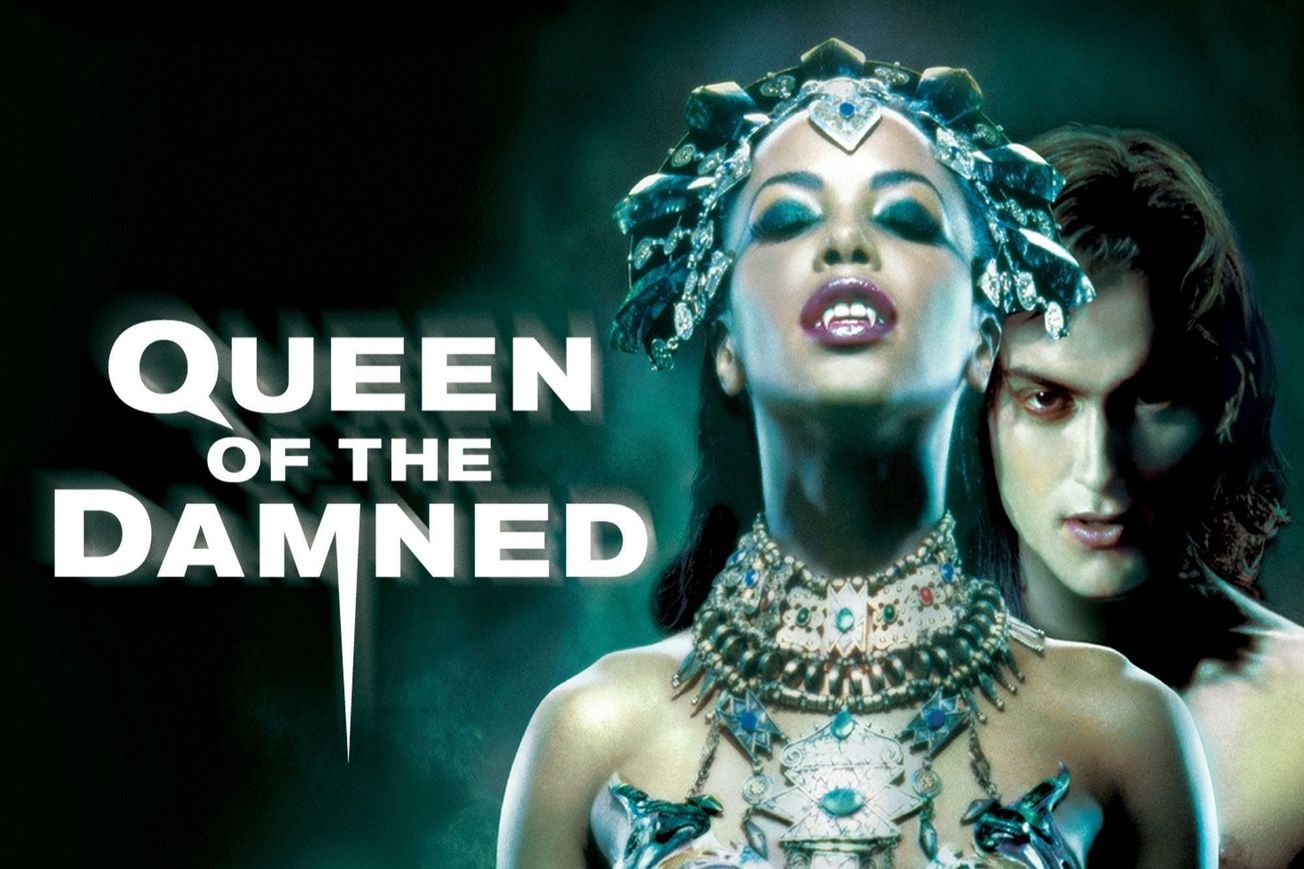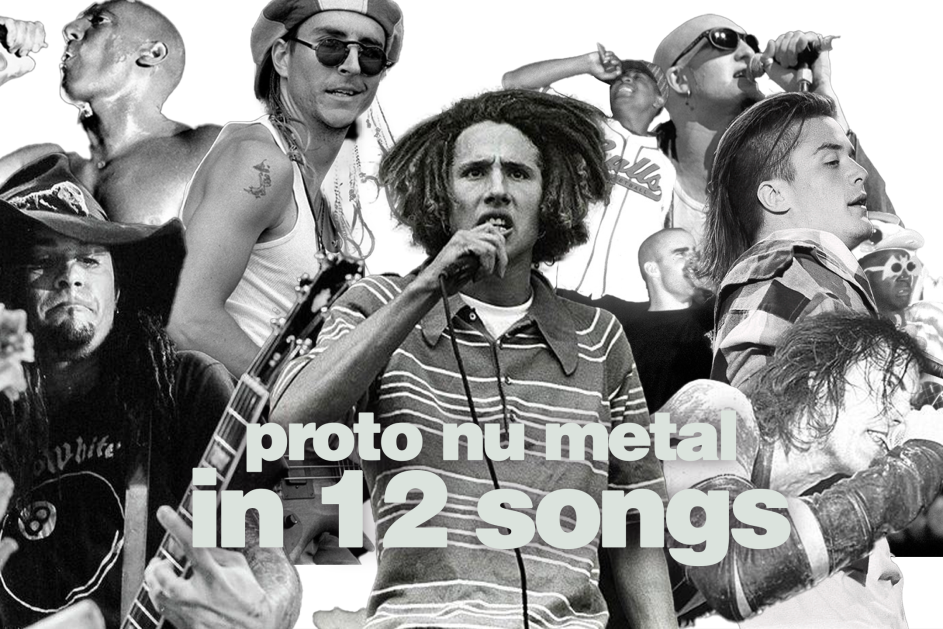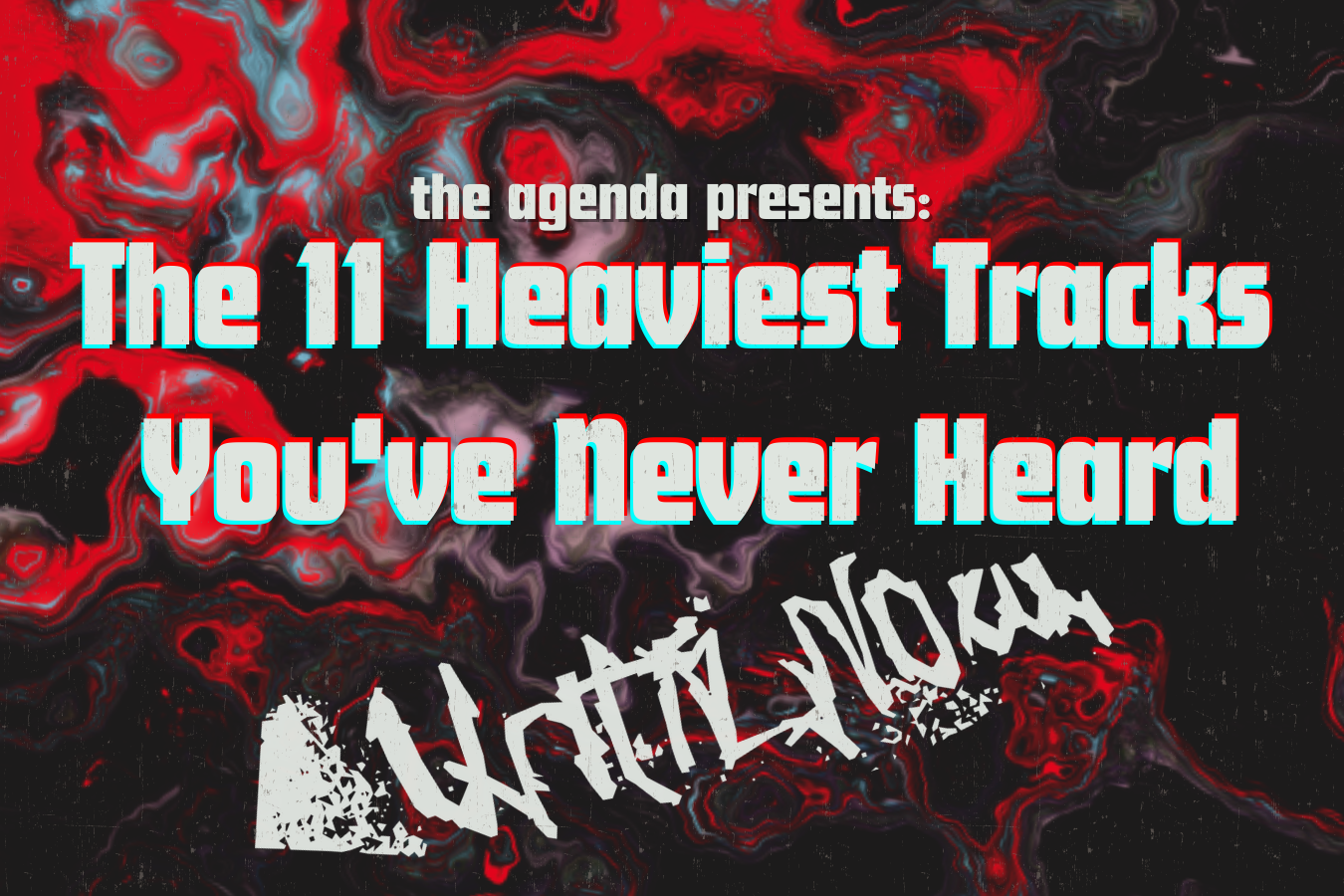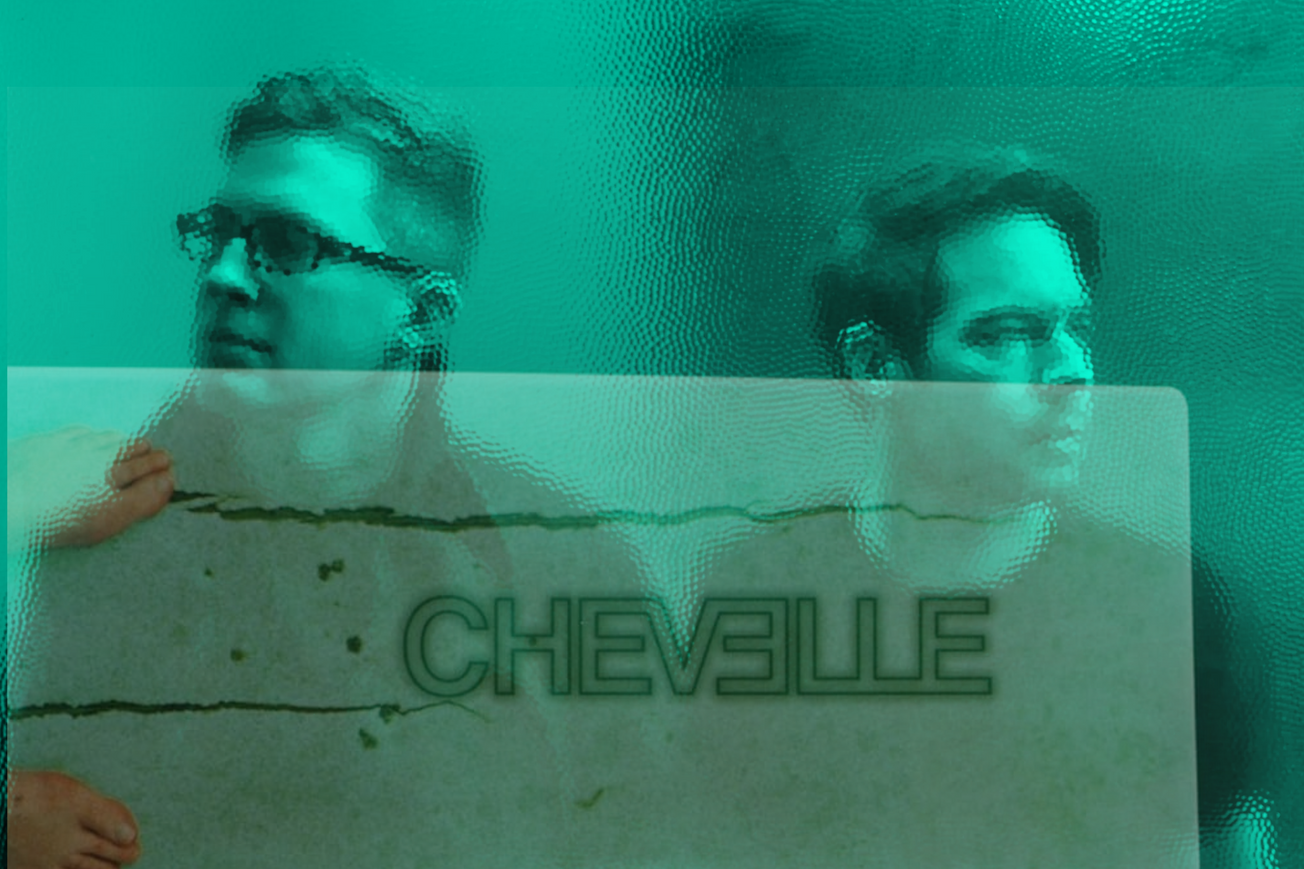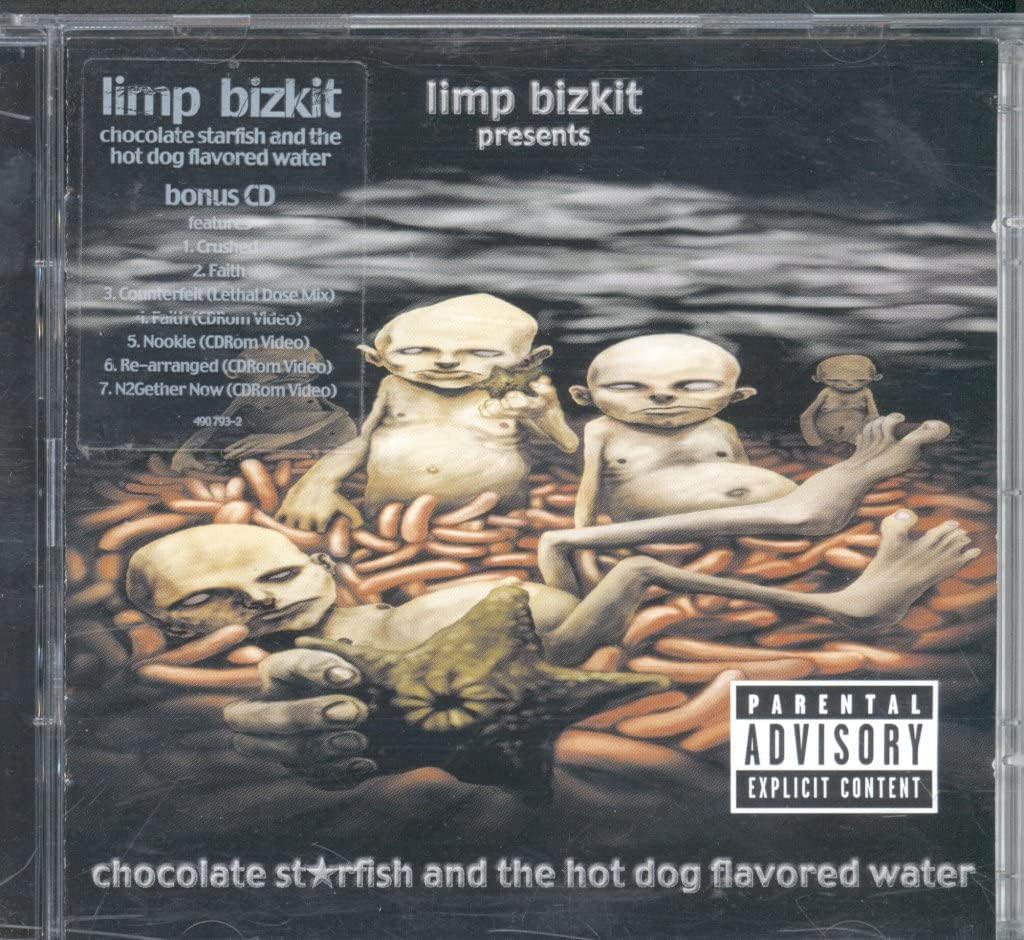Despite its flaws, Queen of the Damned has been a consistent favorite of my partner and me for the near-decade we’ve been together. Between their Anne Rice fandom and my nu-metal obsession, it’s become our go-to comfort movie, especially around Halloween. And while the NMA wasn’t kind to it in our Beginners Guide to Nu-Metal Cinema, it’s hard to deny that in the 22 years since its release, it's become a cult classic, perfectly capturing the zeitgeist of 2002 and distilling it into a unique take on the vampire movie genre that I'm always willing to go to bat for.
Forget the fact that we get a Kidneythieves needle drop (Kidneythieves!) and original songs by Jonathan Davis, forget that the filmmakers went out and recruited 3000 people from Melbourne’s goth/alternative scene to act as extras for the concert shots. Set aside your inner film snob and also forget the movie's many and varied sins, the pacing issues, cheesy special effects, and Aaliyah’s certifiably weird-ass accent as Akasha. Even without the nu-metal cred, and in spite of its many shortcomings, Queen of the Damned is absolutely still worth a watch.
What I find most compelling about this movie's interpretation of Rice's novel is how Lestat’s decision to come out of the shadows and exist publicly as a vampire awakens competing visions among vampire-kind about what relations between humans and vampires could or should look like. We have Lestat’s maker and father figure Marius, who believes vampires should only exist in the shadows and sees Lestat as an existential threat that must be eliminated. In contrast to this, we have Akasha, a megalomaniac and vampiric supremacist who wants a world order with her at the top of the pyramid. And we have Lestat’s evolving relationship with the human paranormal researcher Jesse. For most of the movie, she begs him to make her a vampire, and he refuses, reminding her over and over again of the brutality demanded by the vampire's appetite for human blood. When he finally does transform her, it’s both as a last resort and after he’s damn sure it’s what she wants.
There are a lot of ways to read Queen of the Damned – as a film about consent, an allegory for queerness, a love letter to heavy alternative music – but it’s most compelling to me for its attempts to cover territory that most vampire media doesn’t: the question of what happens after. In films like Midnight Mass, the vampires show up and we watch a small town disintegrate in real-time. Society falls apart when confronted with monsters. In Queen of the Damned, the vampires show up, and the world has to figure out what to do next. Life goes on. Irrevocably altered, but still, it goes on. What does it mean to share a world with your worst nightmares? Your wildest dreams? This film attempts to answer those questions with something more nuanced than late-capitalist nihilism, and for that reason, I wholeheartedly recommend checking it out.


